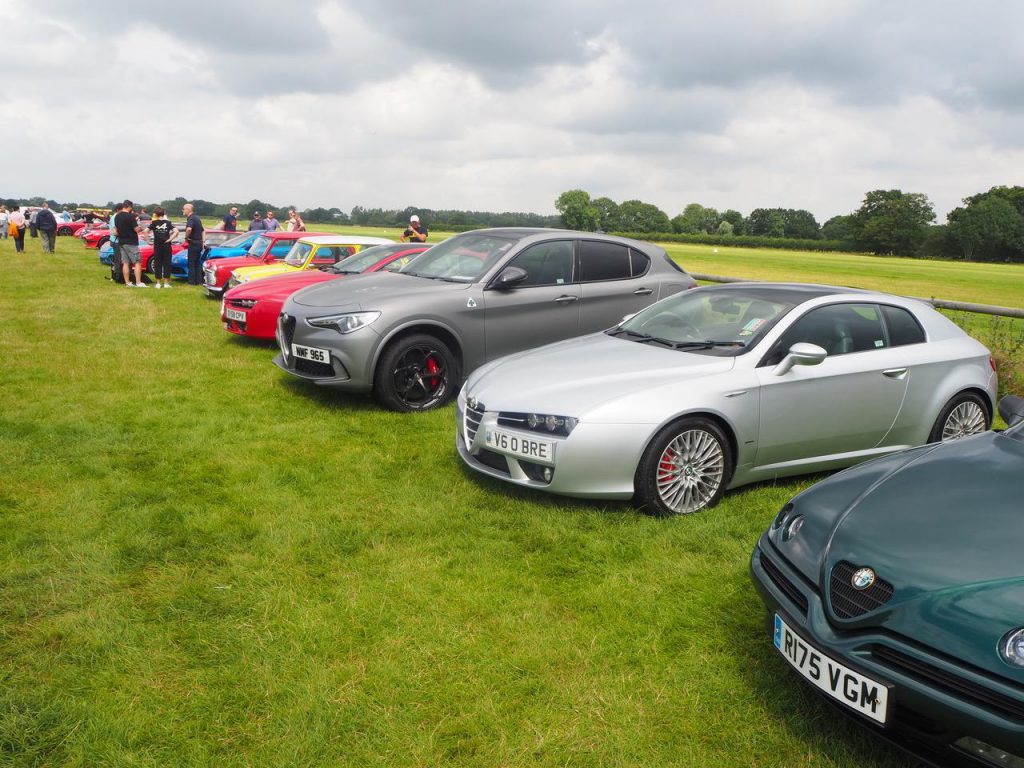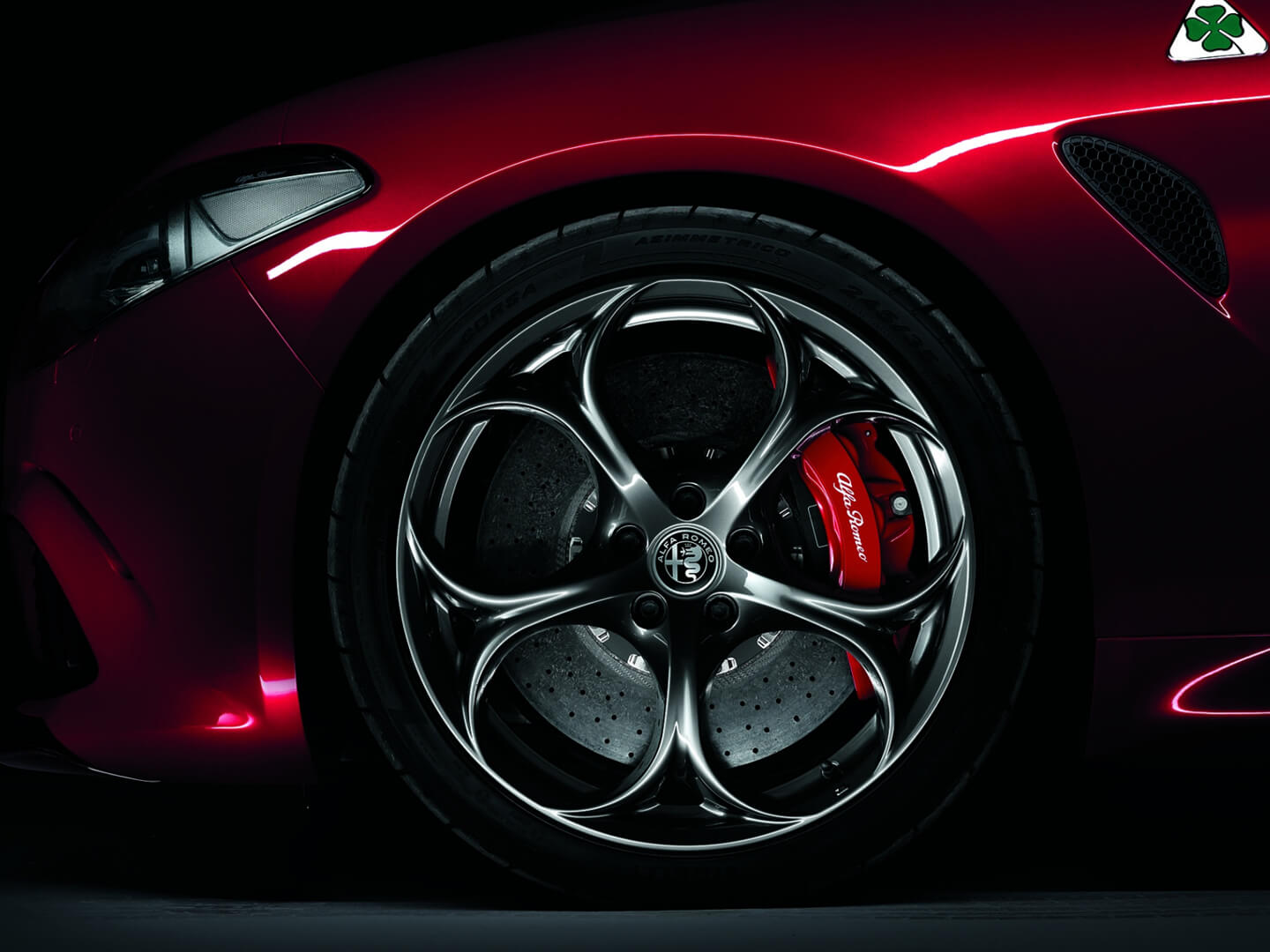Headcorn Aerodrome 25th July 2021. By John Third

In 1942 Headcorn Airfield was requisitioned by the Airfields Board. It was named RAF Lashenden in an attempt to confuse the enemy. Flying started in 1943. It became a prototype for the temporary Advanced Landing Ground airfields that were built in France after D-Day, when the need for advanced landing fields became urgent as the Allied forces moved east across France and Germany. RAF Lashenden was used by the Royal Air Force, Royal Canadian Air Force and United States Army Air Forces before closing in September 1945.
With the Americans having left, farming resumed in 1945 but this was not the end of the land’s association with aircraft. In the late 1960s, the landowners started using part of the former wartime east-west runway site adjacent to the A274, for private flying. A grass airstrip was built with a grass parking area for light aircraft. This led to the formation of Weald Air Services Limited, a small charter company, and later a flying school was set up and the airfield became a busy centre for light flying in the area.
The airfield is host to Headcorn Parachute Club, the only skydiving club in Kent. The club operates a Cessna Caravan and regularly flies to altitudes between 10,000 and 12,000 ft (3,000 and 3,700 m). The club offers introductory training (tandem, static line free fall parachuting). A small museum of aviation relics was established on the site in the form of the Lashenden Air Warfare Museum.
This takes us up to the present and when AROCKES attended one of the classic car shows there. The weather forecast was not favorable (to biblical Old Testament proportions!) and John Third takes up the story…
… On Sunday, 25th July, Noah was putting the finishing touches to his Ark as the stalwarts of AROCKES vectored down to the Weald of Kent hotel and golf club somewhat South of Maidstone yet comfortably distant from the biblical storms predicted for the Red Sea of Headcorn aerodrome. We scrambled and cruised down to Headcorn in search of action.
The weather forecast had deterred many of our pilots and one, who should really remain nameless, turned out in his wife’s non-Alfa. Oh! The shame, AOC Nuburry parked his borrowed kite somewhere where it could not cause embarrassment. Whoops that named slipped out by accident! There were others too.
Cloud cover was ten tenths and at far too few angels, three or four at most. The somewhat depleted squadron assembled just off the runway. We were treated to the AOC, kitted out in clobber more suited to an aircraft fitter than a flying officer “prune”, he was ‘binding’ insatiably about the weather forecast. So we hung around at dispersal waiting for something to happen.

A Spit was scrambled only a few yards away and we enjoyed a brief fly-past by an intrepid trio of biplanes.


The Alfa best suited for the day was Adrian Fielding’s Q4 Stelvio which retained that superior “I can get you out of this field no matter what” stance.

The Headcorn aviators excelled with a Stearman biplane seemingly designed to carry young ladies aloft strapped to a frame on the upper wing. Now, in the prevailing conditions, you would be forgiven for supposing that this was an offering to the Gods to keep the weather under control. We watched as they soared through the skies defying the stormy clouds.


There were other cars there too. The Luftwaffe turned up in the shape of a 911L Porsche with Grahame Duplock at the joy stick. His GTV was having its prop shaft refitted we were told. How had he managed to unship it I thought.

I found a Nissan with more than enough carburettors for its own good on display. Now in WW2 Nissan produced military vehicles for the Imperial Japanese military. Of course none of our intrepid group turned up in a Nissan … whoops, done it again! …sorry Graeme (Andrews).
It was the Mitsubishi Corporation who produced Japan’s most successful WW2 aircraft, the A6M “Zero”. While, over on the other side of the world the Regia Aeronautica’s most successful fighter plane was the “Folgore” powered by a Daimler-Benz DB 601A engine made, from 1939 onwards, in Milan and under license by Alfa Romeo. The Alfa version was the 1000RC.41-1 Monsone. This rather suggests that Alfa management were well advanced at building success upon someone else’s engine block long before modern cars came along with their shared technologies.
This, strangely enough, leads me to the English word ‘monsoon’ (Italian: monsone).
Now Air Commode Nuburry had been predicting thunder, lighting, fire, brimstone, and biblical floods since his arrival in mess undress that morning. Well, I admit that I pooh-poohed his predictions and in defiance sauntered off to the aviation museum in my shirt sleeves. It is a fascinating place if you are “into aircraft fragments” and in which of the Kentish fields they were found. When I emerged the heavens opened.
It was close to biblical, as predicted by our Air Commodore, but I am pleased to say no Alfas were trapped. The towage services of the Stelvio were not needed and despite the huge amounts of power on offer the Breras slipped their moorings without undue event. I do not have the optional rowlocks fitted to my 916 Spider but had no difficulty navigating down the river channel to the road. It is strange how the British insist on keeping to the port side of the navigable channel I was thinking.

It was, despite the intervention from the skies, a most enjoyable Sunday morning. Even the Red Baron dropped by!

Next on the agenda for the 1st of August is the Magical Mystery Driveout and the Section display at the Kent and East Sussex Railway at Tenterden in Kent from 1230 which the public are welcome to view our vehicles and AROC Alfas are invited to join us all in the display…





